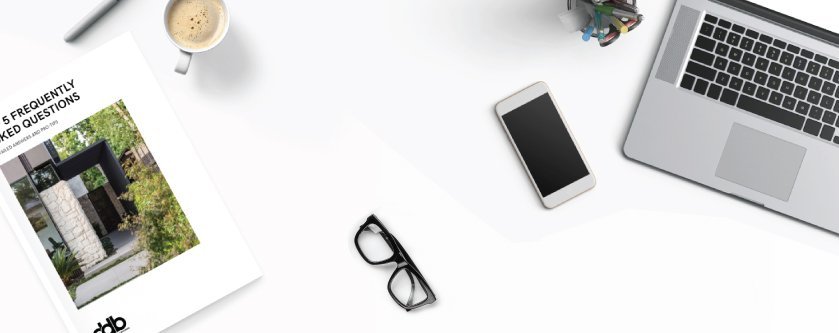
EMAIL #206 -05TH March 2023 "BEING A GOOD CLIENT."
Trust and decision making are essential to being a good client.
Today I’m climbing back on the horse after a 5 week break from writing, and it would be very easy to not be doing so!
My family and I have been away on a 3-week vacation and the week we got back we moved out to start a renovation of our current home. This will be the 17th family building project (more about this at another time). So unfortunately writing has not been one of my top priorities for several weeks.
Starting a personal building project puts me back in the position of being my own client, which is a hat I haven’t worn for a while. This renovation has been on the cards for the last 18 months, so I’ve had plenty of time to think about “being a good client”.
From my experience running a building company for 33 years, most people don’t know how to be a good client.
Successfully designing and building a home is all about teamwork and the client is a vital team member, of equal importance as the architect and the builder. So, knowing how to be a good client is essential to enjoying the process and achieving a great final outcome.
I have had my fair share of bad clients (well at least a hand full) who have caused a disproportionate amount of stress and financial loss. So, a few years ago I added a document to my building contracts called “How to be a Good Client – how to enjoy designing and building your new home.” This one-page document has become one of the most important pieces of content I have ever written. Below is a quick summary of this document’s message.
“The best clients trust the professionals they hire and learn to tune out unsolicited advice from others. They also understand that design is a creative, evolving process and embrace the changes along the way. They appreciate the character that comes from doing things by hand. To them, their home is an emotional investment, not just a financial one.” Unknown
Here are my top 10 tips for being a good client.
- Before you engage an architect or builder compile a concise written design brief. A pictorial brief is also recommended to confirm everyone interpreting the design brief is on the same page.
- Trust the professionals you are paying to design and build your new home.
- Set a realistic budget that has some flexibility. Remember that spending a bit more often results in achieving a considerably better result.
- Make clear decisions but be prepared to take some risks and go outside your design comfort zone. The best architecture is often the result of a client being prepared to “take a leap of faith” and run with the Architect’s vision.
- Pay due diligence to all design drawings, plans and specifications. Give clear feedback to the Architect and builder.
- Try not to listen to friends and family when making design decisions and remember that “reality design & renovating TV shows” are not realistic.
- During construction, the client should remember that site meetings with the builder are “business meetings” so children (or dogs) should not come to these meetings.
- All client site visits must be coordinated with the site foremen. Unscheduled client site visits can hinder the building process and add unnecessary stress for the builder and client.
- Do your homework and be well organised. Allow sufficient time to do your research and fittings selection. Keep records of all written communication and meeting notes.
- Set realistic expectations and clearly communicate these expectations throughout the design and building process. All professionals wish to fulfill their clients’ expectations, but this is only possible if they know what the expectations are.
Over the past 33 years DDB Design has developed a culture that is based on constant improvement, trust, and good communication. These values are integral to the enjoyment of what we do and guarantee that the client experience and the building process are positive and rewarding.
Thanks for reading.
Stay safe and be humble,
David
